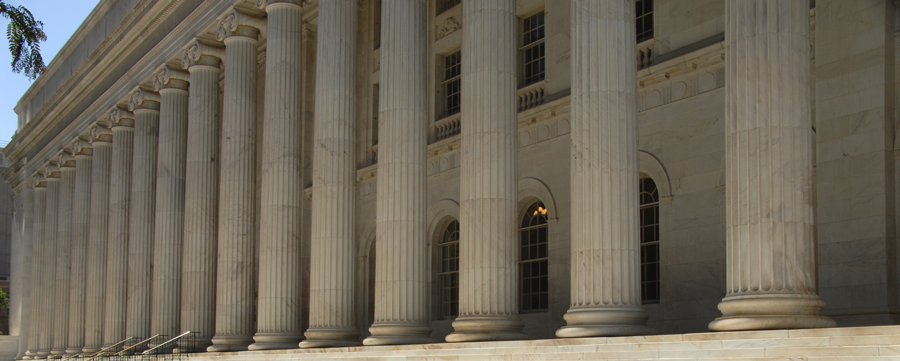Abstract
I will argue that the Rehnquist Court largely left our “expressive topography” worse than it found it. As had predecessor Courts, the Rehnquist Court treated public places as little more than public properties managed by public officials. But its impact on public discourse actually extended beyond this. The Rehnquist Court diminished the scope of speakers’ rights in even quintessentially open places such as streets and sidewalks. Among other things, the Court’s decisions also tacitly approved the practice of zoning expression in public places. The Court even recognized a listener’s right to avoid offensive expression in public places. Finally, the Court refused to recognize any new “quintessential” public forums, places in which speakers can claim strong rights of public expression. Taken together, these developments substantially diminished the prospects for public discourse. In the final part of this Essay, I will make broad suggestions as to how we might go about preserving discourse in public places.
Keywords
Freedom of speech, Public lands, Discrimination in public accommodations -- Law & legislation, William H. Rehnquist, 1924-2005, United States. Supreme Court, Freedom of expression, Government property, Public spaces, United States
